Erhu: A Two-Stringed Musical Star
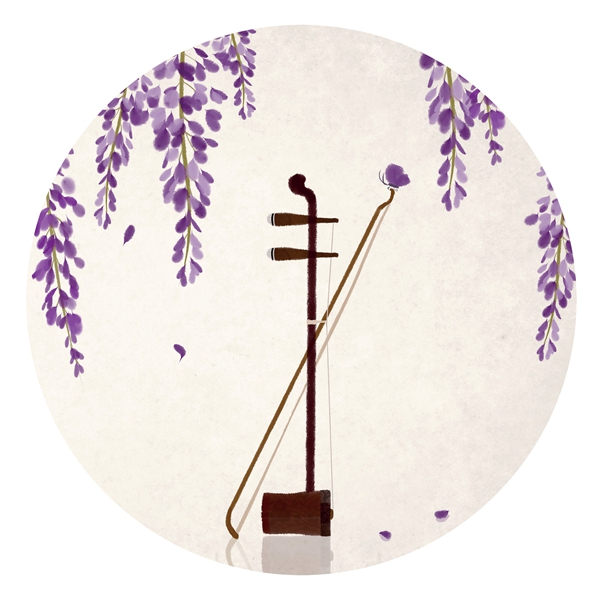
Dubbed the "Chinese violin," erhu is a two-string bowed musical instrument. It is the most popular instrument in China's traditional bowed string instruments known as huqin. Given its beautiful, expressive timbre, erhu has captured the hearts of numerous music enthusiasts from around the world.
"Among Chinese bowed stringed instruments, erhu is most widely used in a variety of folk arts," says Li Ying, a professor with Minzu University of China (in Beijing). When she was a little girl, Li learned how to play the erhu from her father, who was an erhu lover. When she turned 15, Li furthered her studies of erhu at a local conservatory. "I became captivated by its unique sound the first time I played the erhu," recalls Li. "Though it only has two strings, they can produce expressive musical tones."
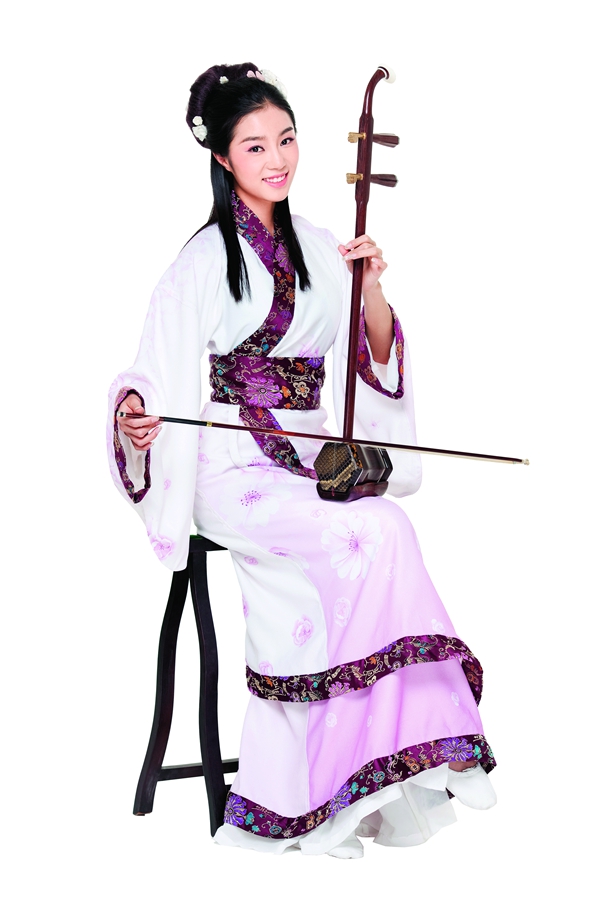
Popular Musical Instrument
The modern erhu developed from a musical instrument called xiqin, which was played by many ethnic minorities during the Tang Dynasty (618-907). During the Song Dynasty (960-1279), musicians began to use this type of huqin to perform melodies, and thus the erhu became a popular musical instrument.
As it was mainly played by ordinary people and the playing technique was passed down by oral tradition, one can hardly find historical records (about erhu), written in ancient times. When they study the history and evolution of erhu, many historians make reference to ancient paintings, sculptures and murals. The earliest images of erhu were found in Yulin Cave and Eastern Thousand-Buddhist Caves (both of these caves are parts of the Mogao Grottoes, a world heritage site on the ancient Silk Road) in Northwest China's Gansu Province. Examining the valuable murals, experts discovered erhu during the time the murals were painted already showed great resemblance to the modern erhu, in terms of its holding position and playing techniques.
With the rise of a variety of folk arts, including orchestra, cross-talk and local operas, the art of playing the erhu underwent a historical evolvement during the Ming (1368-1644) and Qing (1616-1911) dynasties. In particular, the emergence of the tune art (a singing style in opera) brought about a significant development in the art of erhu.
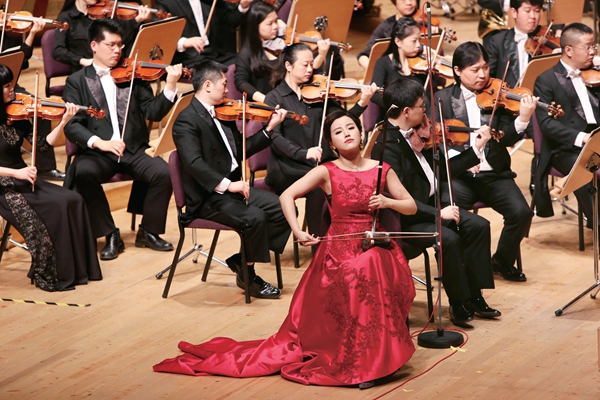
Modern Development
According to Li, erhu underwent major developments in the 20th century, which can be divided into four stages.
The first stage refers to the period from 1915 to 1949, with artists Liu Tianhua (1895-1932) and Hua Yanjun (whose nickname was A Bing, 1893-1950) laying a foundation for erhu's modern evolvement.
The next stage, from 1949 to 1979, saw the booming development of the erhu performance art. Many music critics believed that should be attributed to the founding of the People's Republic of China (in 1949). During the period, social stability and people's raising aspirations for richer cultural experience created an enabling environment for the development of traditional arts. Systematic education gradually came into place, with music academies established across the nation, and experienced erhu performers were employed as teachers at those academies. Erhu artists inherited Liu's principle of integrating Chinese and Western music, as well as A Bing's traditional folk vibes, thus creating a set of sophisticated playing techniques. In addition, many erhu performers composed erhu music, leading to the creation of a number of excellent erhu works.
The third stage, from 1979 to 1999, features new explorations and innovations. Various genres of erhu works emerged, including concertos, narratives, and rhapsodies. There were also bold innovations in playing techniques and musical expressions, which broke the traditional styles and added a modern touch to erhu works.
The fourth stage, during the 21st century, was characterized by individualism. Representative erhu performers began to integrate traditional playing techniques with some avant-garde playing styles that require remarkable skills.
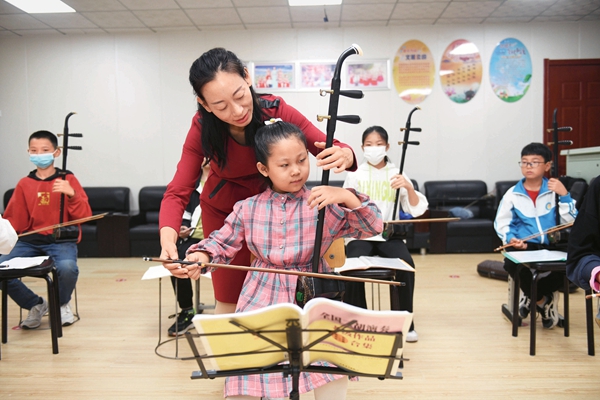
Two-Stringed Art
Erhu is composed of a soundbox, a neck, two strings, two tuning pegs, and a bow. The two strings are suspended along the neck of the instrument. Professional erhu is usually made of red sandalwood or mahogany.
Professor Li introduced that the soundbox is a very important part of the instrument. By moving the bow back and forth, the strings produce vibrating sounds that resonate through erhu's skin. The texture and shape of the soundbox directly affect the tune quality. Today, some erhu makers create a soundbox from a whole piece of wood by just hollowing it out.
Erhu playing techniques include the right- and left-hand skills. The left-hand skills are fingering skills, while the right-hand skills are bowing skills. Inspired by the violin playing techniques, Liu innovated the erhu playing skills (about 100 years ago), requiring a coordination of the left and right hand to create a variety of notes.
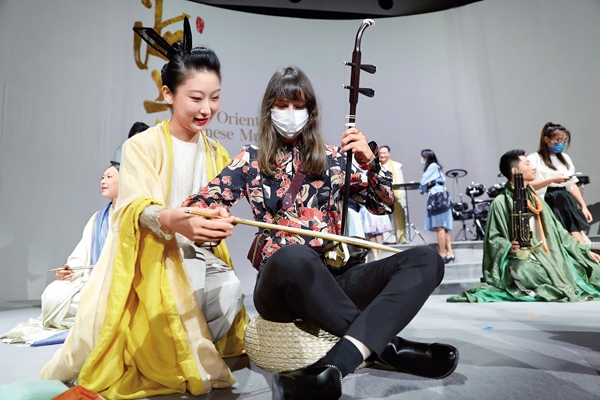
Inheritance, Innovation
During the early 20th century, Liu devoted his life to promoting erhu's evolution as a progressive literati. He composed, performed and taught students, profoundly promoting the evolution of traditional Chinese musical instruments. For millennia, erhu had been only performed in local plays, and the instrument was commonly used for accompaniment. In 1915, Liu created the first erhu solo melody called Recitation in Illness. During his short life, he created 12 erhu solo pieces. Liu was also known as a pioneer in creating a systematic, academic teaching system of the Chinese folk art.
A Bing, a well-known folk musician, grew up in a Taoist temple. Although he was blind, he began learning how to play various musical instruments at a very young age. Excelled at playing several instruments, he was particularly famous as an erhu virtuoso. As Chinese folk music was mostly passed down verbally in the past, when A Bing heard a piece of melody, he would create his own version of it by adding his own thoughts and understanding to that tune. The technical term for such recreation is called "variation." A Bing composed three erhu works of solo variation, which were recorded on a wire recorder, at the request of two professors from the Central Conservatory of Music. The three untitled works of variation were later named The Moon Reflected in the Second Spring, Listen to the Pines and Cold Spring Wind. Unfortunately, A Bing died before he completed his next recording appointment.
Today, the number of erhu lovers keeps increasing, both at home and abroad. There are many erhu musical studios and classes in Japan and Singapore. In America, some Chinese American musicians also use erhu to play jazz music. "Many primary and middle schools (in various regions of China) have established folk orchestras," says Li. "I'm glad erhu can bring so much joy to so many people."
Photos Supplied by VCG
(Source: China Today/Women of China English Monthly March 2023 issue)
Please understand that womenofchina.cn,a non-profit, information-communication website, cannot reach every writer before using articles and images. For copyright issues, please contact us by emailing: website@womenofchina.cn. The articles published and opinions expressed on this website represent the opinions of writers and are not necessarily shared by womenofchina.cn.

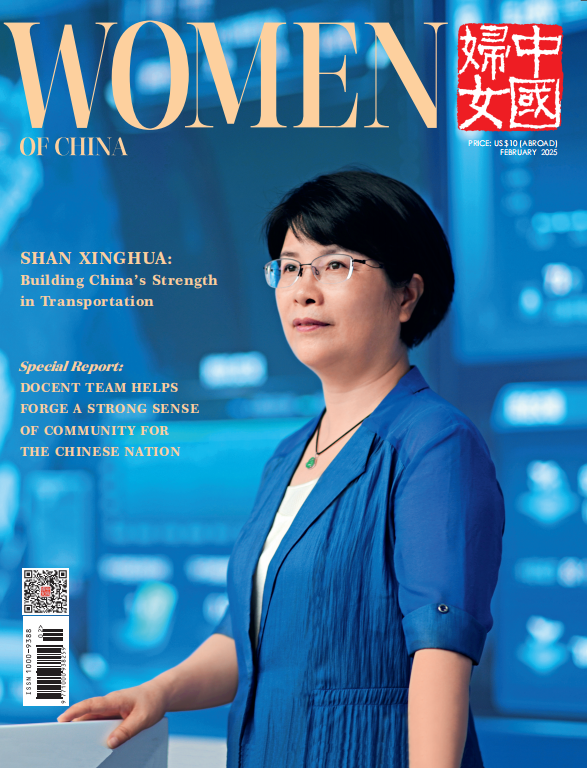


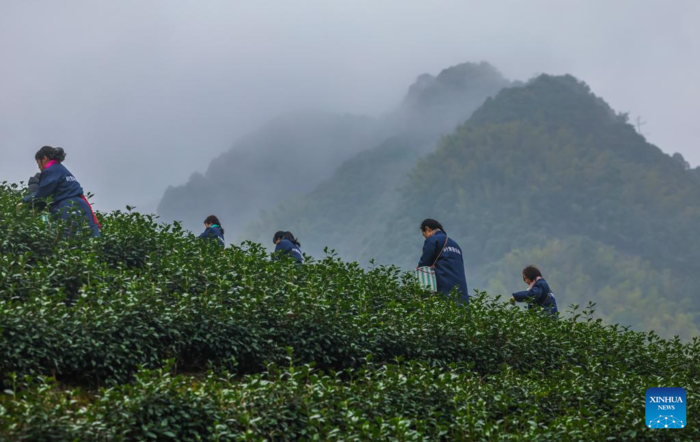
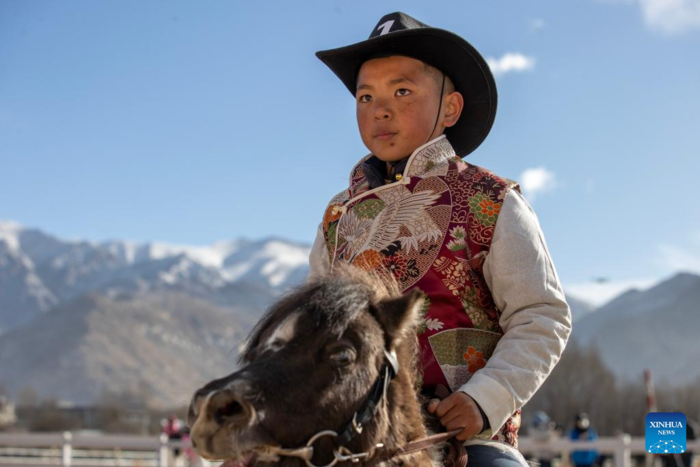
.jpg)

 WeChat
WeChat Weibo
Weibo 京公网安备 11010102004314号
京公网安备 11010102004314号